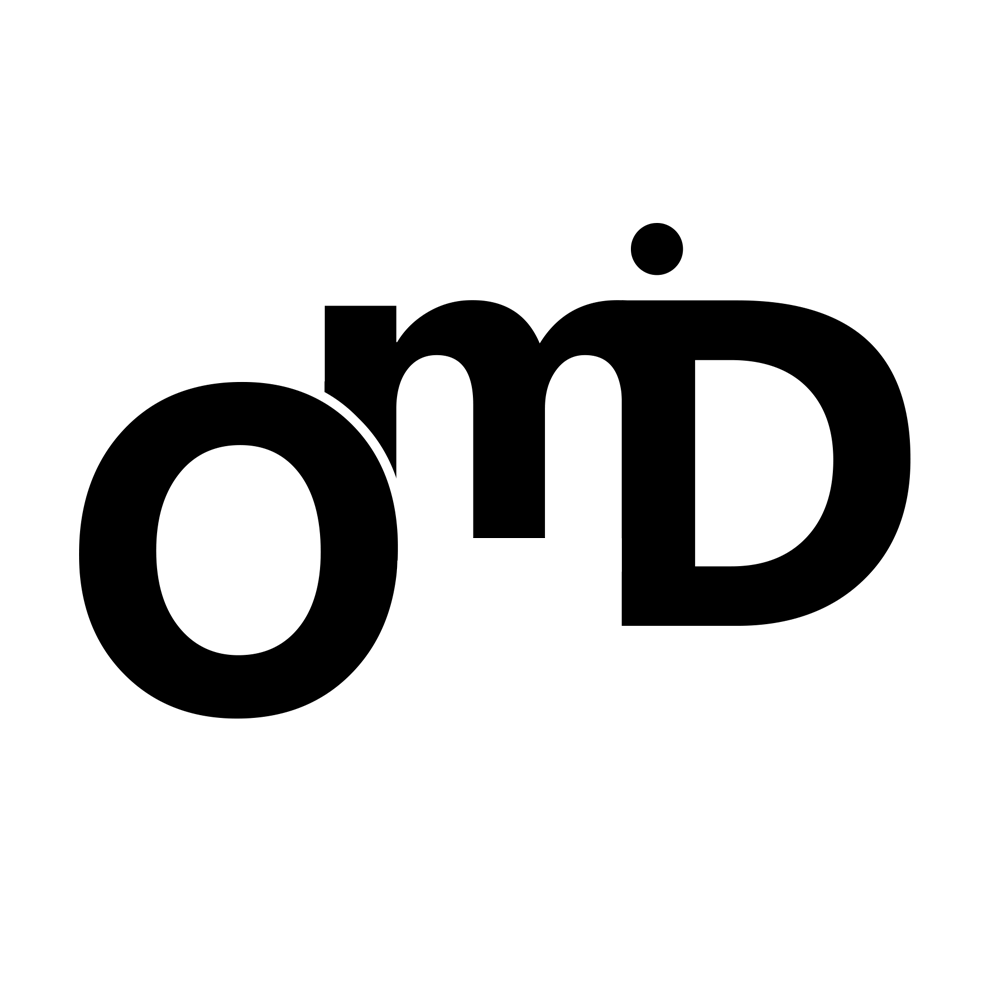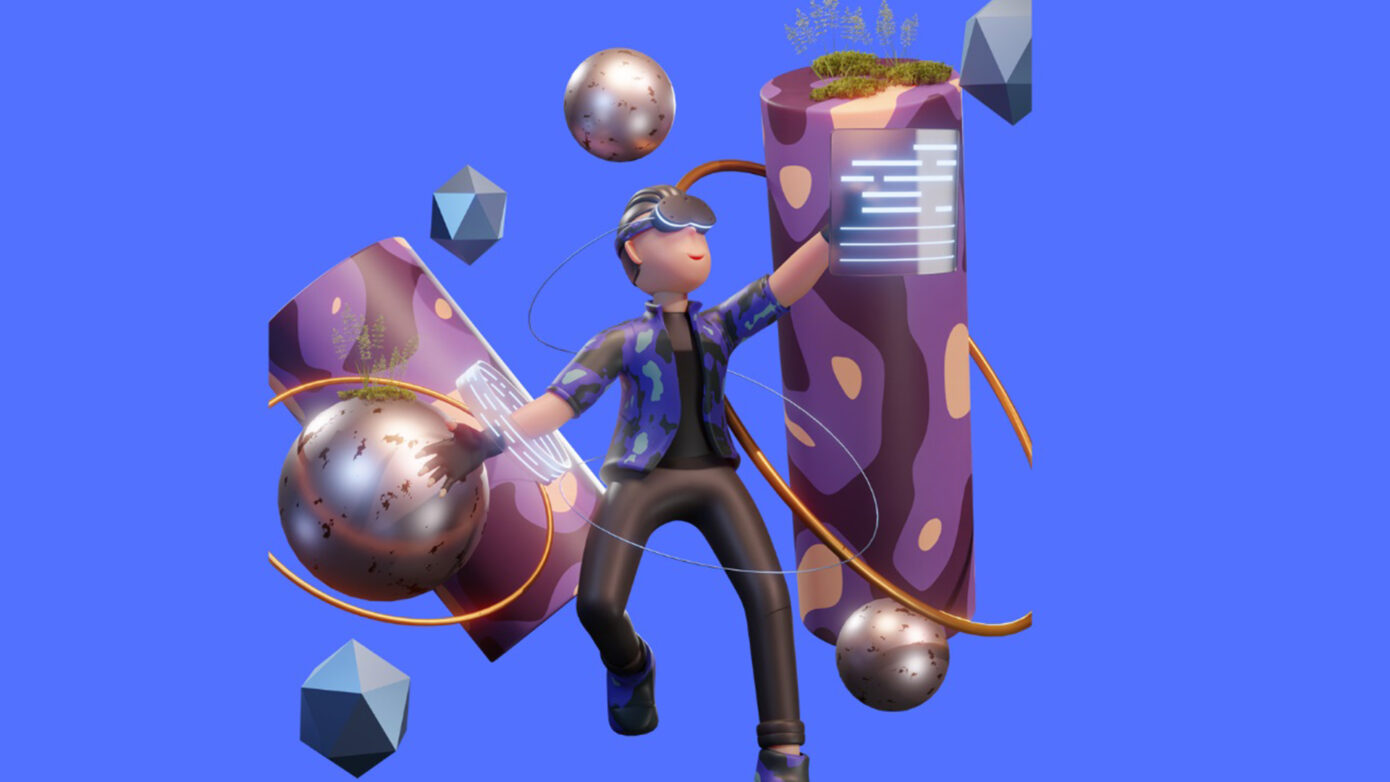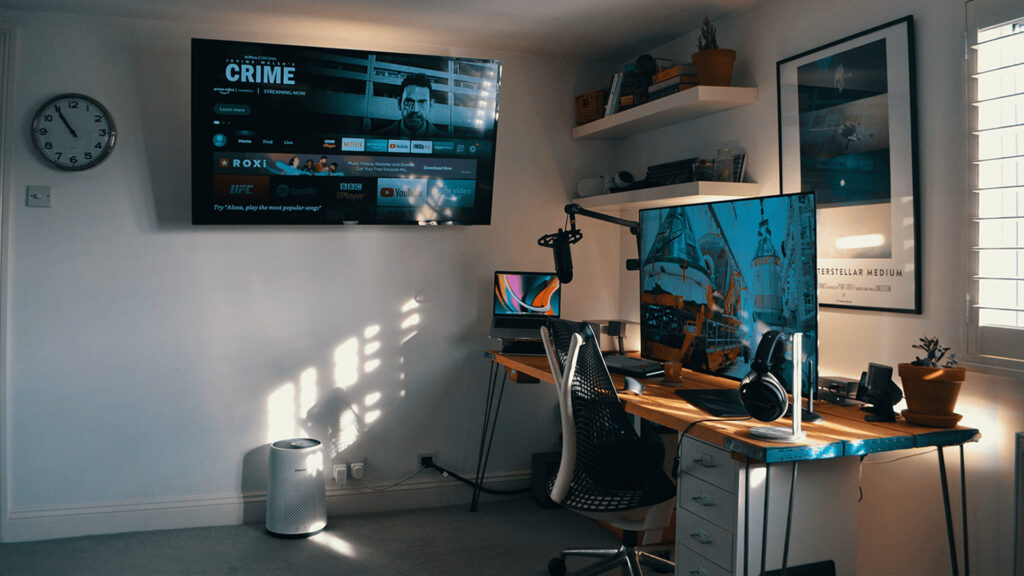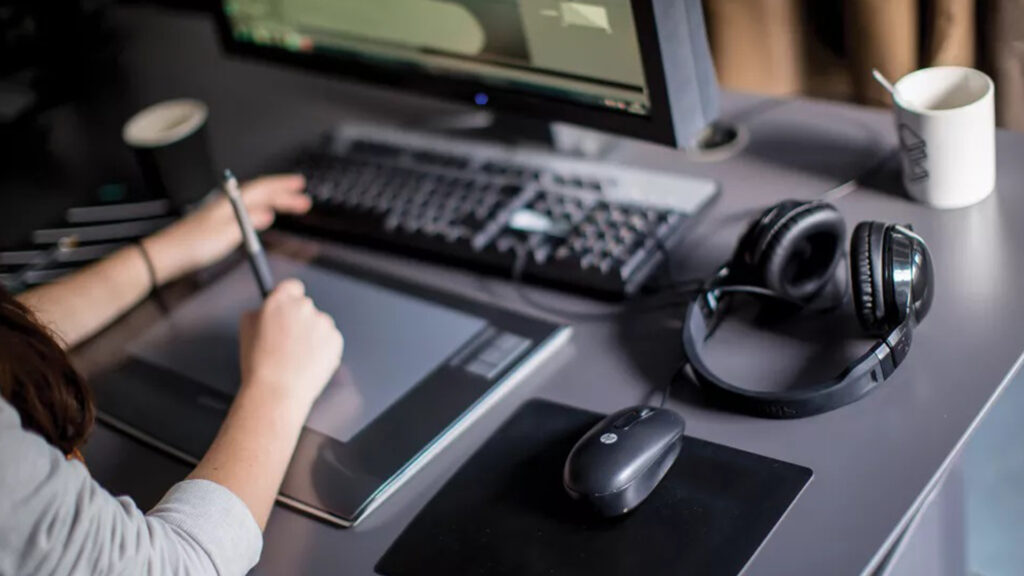What Skills and Knowledge Do You Need to Be a Look Dev Artist?
Summary: Look development (Look Dev) is an essential aspect of 3D visualization, where artists work to create the visual style of a film, animation, or video game. In this blog post, we will explore the necessary skills and knowledge required to become a successful Look Dev artist, including understanding lighting, materials, textures, and rendering.
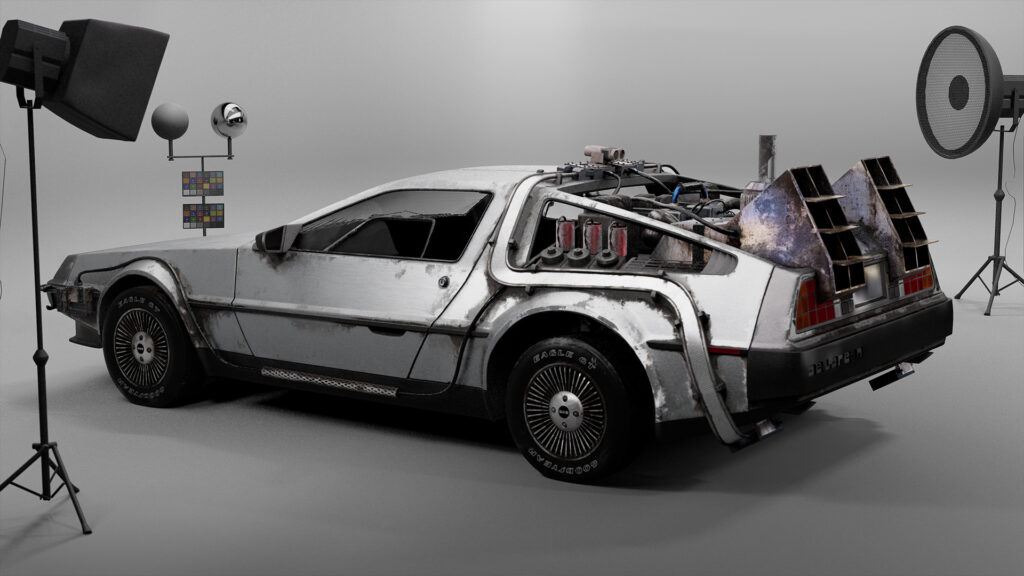
Introduction: Look development is the process of creating the visual style for a project, which involves everything from lighting and texturing to materials and rendering. Look Dev artists work closely with other members of the production team to ensure the project’s visual style matches the director’s vision. So, what skills and knowledge do you need to become a successful Look Dev artist?
Skills and Knowledge:
1. Understanding of Lighting: Lighting is one of the most crucial aspects of Look Dev, and a Look Dev artist needs to have a good understanding of lighting techniques and principles. They should be familiar with different types of lighting, such as natural light, artificial light, and global illumination, and understand how to use them to create the desired look.
2. Knowledge of Materials and Textures: A Look Dev artist must have a good understanding of different materials and textures to create realistic and compelling visuals. They should know how to create different surfaces such as metal, plastic, wood, or fabric, and apply the right texture maps such as roughness, bump, or displacement to achieve the desired effect.
3. Experience with Rendering: Rendering is the process of generating a final image or sequence from a 3D model, and a Look Dev artist should have experience with different rendering engines such as Arnold, Vray, or Redshift. They should be able to create render settings, optimize render times, and troubleshoot issues that may arise during the rendering process.
4. Knowledge of Software: Look Dev artists should be familiar with industry-standard software such as Autodesk Maya, SideFX Houdini, Substance Painter, or Adobe Photoshop. They should be able to navigate the software’s interface, use the software’s tools and functions effectively, and create custom scripts or plugins to automate repetitive tasks.
5. Collaboration and Communication: Look Dev artists need to work closely with other members of the production team, including directors, animators, and compositors. They should be able to collaborate effectively, provide feedback, and communicate their ideas clearly to ensure the project’s visual style meets the director’s vision.
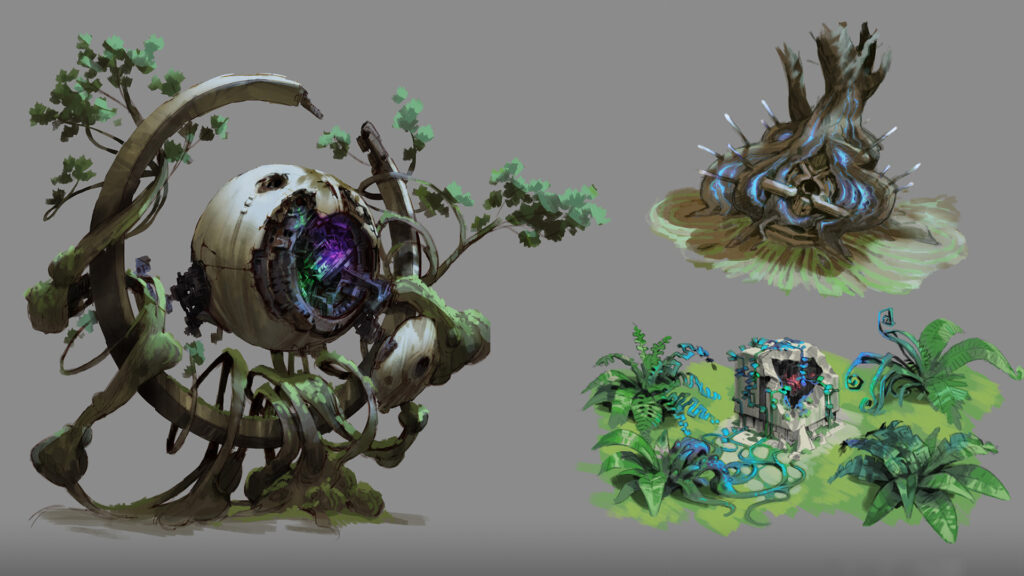
Conclusion: Becoming a successful Look Dev artist requires a combination of technical and creative skills, including a deep understanding of lighting, materials, textures, and rendering. It also requires knowledge of industry-standard software, the ability to collaborate and communicate effectively, and a strong creative vision. With the right combination of skills and knowledge, Look Dev artists can create stunning visuals and contribute to the success of a project.
References: "What is Look Development?" by Michael McCarthy "Look Development: The Art of Creating a Believable World" by Nick Hopkins "Lighting and Look Development Fundamentals" by Ryan Gitter "Creating Compelling Textures for Look Development" by Sabine Hossenfelder "The Importance of Collaboration in Look Development" by Jessica Townsend
Last Posts
- How 3D Visualizer Can Help Clients for their Brands?
- What Skills and Knowledge Do You Need to Be a Look Dev Artist?
- Everything About Light and Color in Look Development in 3D Visualization
- How Experience and Knowledge are Important for 3D Artists?
- Getting Realistic 3D Rendering: Tips and Techniques


